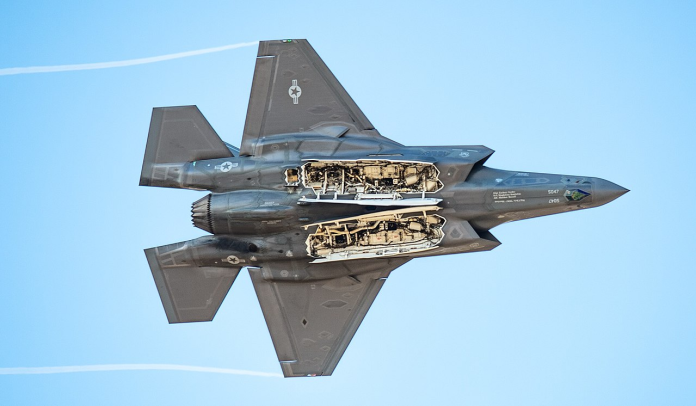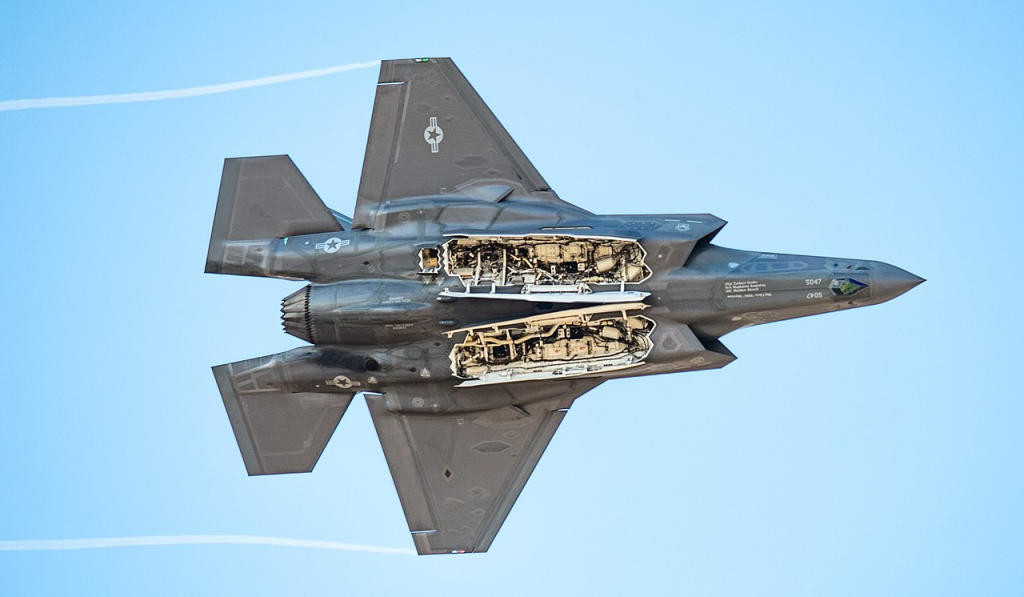
The South China Sea may seem peaceful in the sky above it, but there is already an unseen war for air superiority being fought there beneath the surface. As competitors develop their electronic warfare capabilities, the U.S. Air Force’s dependence on the F-35 Lightning II which was once touted as the epitome of fifth-generation airpower is now starting to seem even more tenuous.
The harsh reality is that the F-35, brilliant as it is in engineering, has exposures that cannot be fixed through incremental service life extensions. The solution, most would say, is in fielding the sixth-generation F-47 quickly: a fighter built not only to survive, but to direct and dominate in an electronically contested battlespace defined by jamming, spoofing, and unceasing technological advancement.
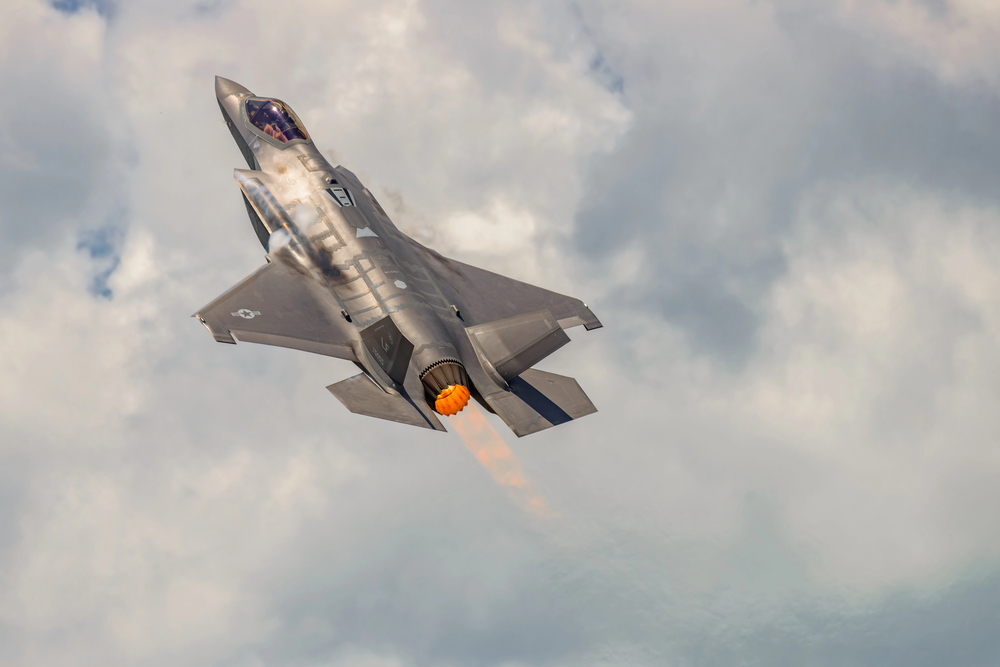
1. The F-35’s Growing Vulnerabilities in Contested Environments
Whereas the F-35’s sensor fusion and stealth previously raised the bar, its operating paradigm is now under growing threat from competitors’ electronic warfare capabilities. The aircraft’s reliance on uninterrupted connectivity and data merging leaves it particularly vulnerable to jamming and spoofing attacks techniques that have evolved way beyond mere noise creation. When the military want their effectors to function as designed, they require GPS Without GPS, your chances of hitting a target are reduced, so you must have more planes and more weapons to achieve the same mission,” says Collins Aerospace’s Ben Graham. Modern anti-jam GPS receivers have enabled the F-35 to operate in hostile environments, but with China and Russia rolling out photon-based jamming technology capable of creating thousands of false radar contacts in real time, the F-35’s dependence on continuous, precise sensor input becomes a vulnerability.”. The AN/APG-85 radar, although sophisticated, is in the same frequency range that these new jammers are aimed at, which can overwhelm its filtering software and compromise situational awareness.
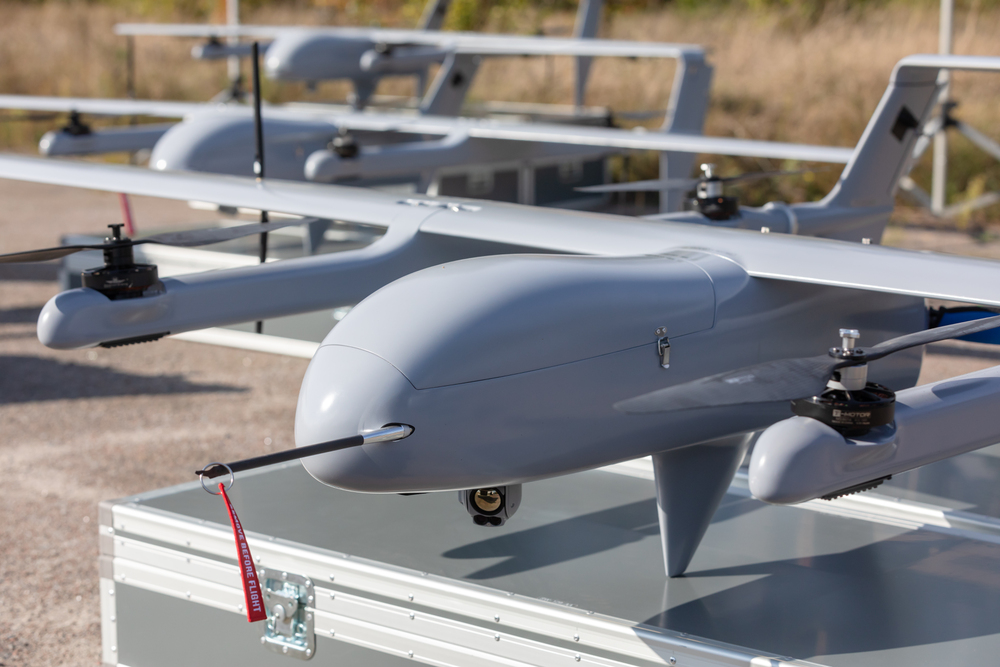
2. Electronic Warfare: The New Front Line
Modern electronic warfare has converted the electromagnetic spectrum into a main battlefield. As General David L. Goldfein succinctly expressed it, “Whoever figures out how to manipulate the electromagnetic spectrum first will win the next conflict.” Contemporary systems fuse electronic attack, defense, and support, using AI-based signal categorization, cognitive jamming, and management of the spectrum.
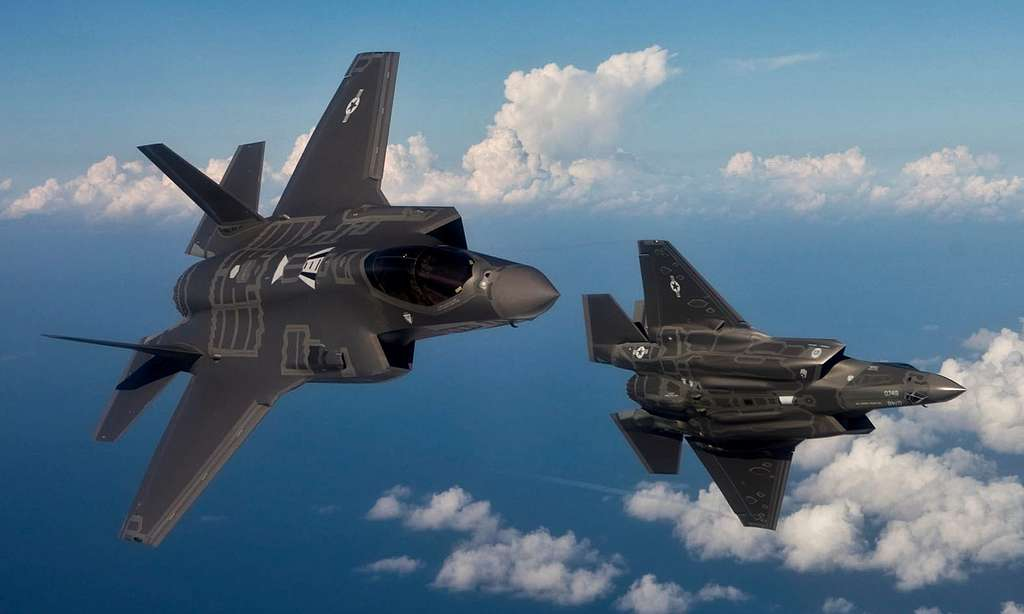
The F-35’s cutting-edge electronic warfare suite was revolutionary at one time, but current enemies use coherent and deception jamming, real-time spoofing, and cyber-physical integration that challenge even the most advanced fusion engines. The development of full-duplex jamming at the X-band frequencies the band of the F-35’s radar guarantees that even frequency-hopping, encrypted systems can be spoofed by dynamically reconstructed signals.
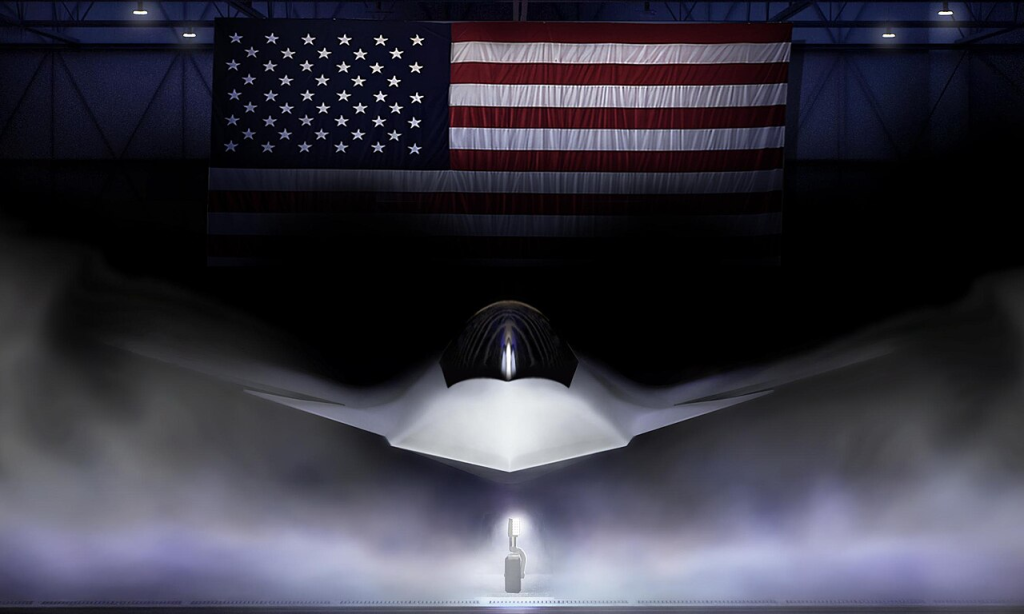
3. The F-47: A Paradigm Shift in Air Superiority
The F-47, the pride of the United States Air Force’s Next Generation Air Dominance (NGAD) program, has finally arrived. In contrast to its predecessors, the F-47 is designed as a “quarterback” of the entire battlespace, directing not only its own survival but also coordinated action by autonomous drone wingmen, cyber assets, and multi-domain forces. Its modular open architecture enables quick integration of new sensors, weapons, and AI cores guaranteeing flexibility in a battlespace in which threats refresh every few years. Air Force Chief of Staff Gen. David Allvin outlined the vision: “Compared to the F-22, the F-47 will cost less and be more adaptable to future threats and we will have more F-47s in our inventory.”
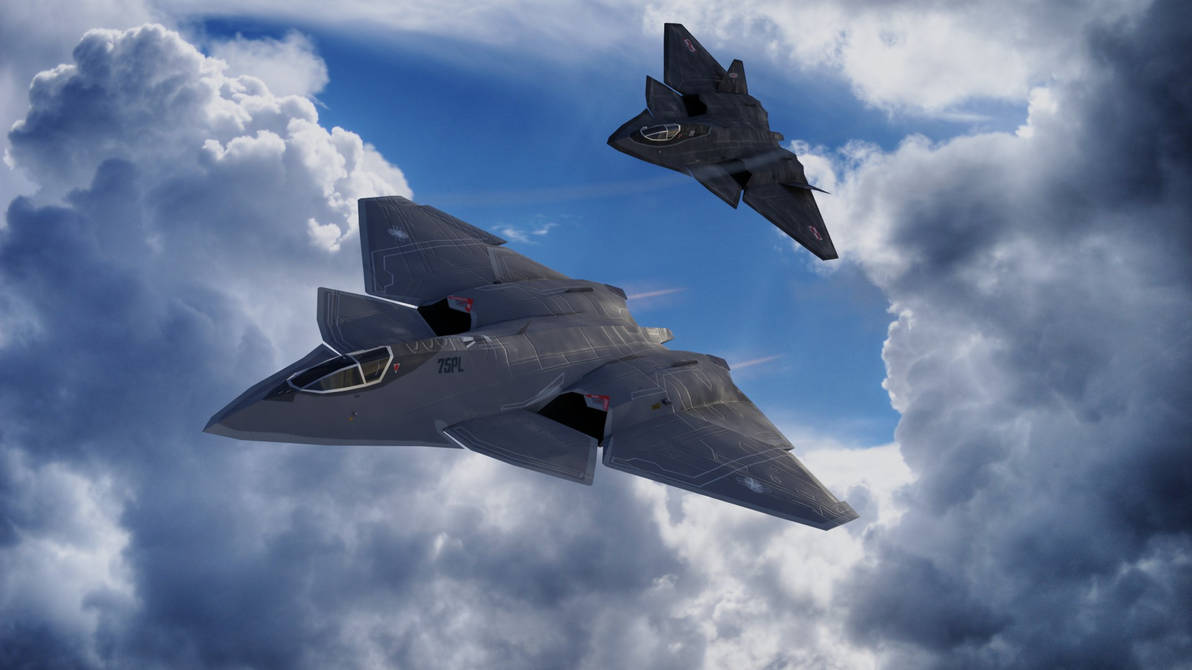
4. Technical Advances That Characterize the F-47
The F-47’s tailless, blended-wing configuration and advanced radar-absorbent materials provide a new standard for stealth, reducing both radar and infrared signatures. Its adaptive-cycle engines provide supercruise above Mach 1.5 without the need for afterburners, significantly increasing range and decreasing response times over the vast Indo-Pacific. The cockpit is a work of augmented reality, combining AESA radar, IRST, electronic warfare sensors, and off-board assets into a single, uncluttered display. Perhaps most importantly, the F-47’s AI “digital co-pilot” allows a single pilot to control several Collaborative Combat Aircraft (CCA) drone wingmen tasked for electronic attack, sensing, or strike missions multiplying firepower and tactical sophistication for enemies.

5. Manned-Unmanned Teaming: The NGAD “Family of Systems”
The F-47’s concept of operations is not separable from its position as the anchor of a system-of-systems. The Air Force intends to bring 200 NGAD fighters and 1,000 CCAs into the force, building an adaptable force in which unmanned platforms are used as shooters, jammers, or sensors controlled by humans and AIs. This strategy offers inexpensive mass, robustness through redundancy, and saturation of enemy defenses. The open architecture of the F-47 allows new electronic warfare or sensor capabilities to be introduced quickly without expensive airframe redesigns.
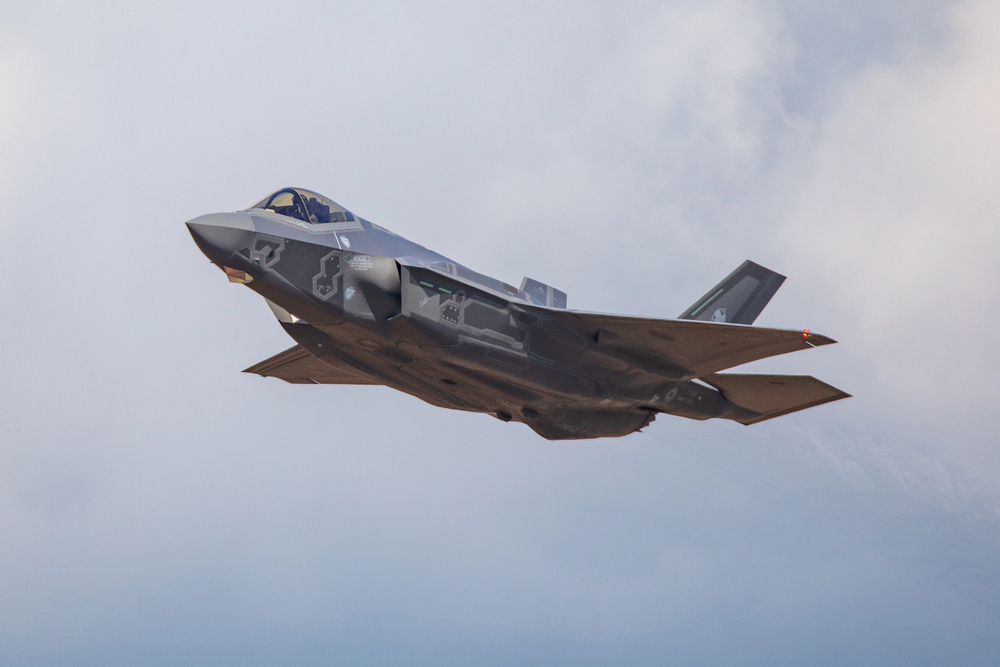
6. Cyber Resilience and the Challenge of Centralized Control
Even as the F-47 envisions a quantum improvement in autonomy and responsiveness, there are lessons from the F-35’s centralized software design that retain their value. The majority of F-35 users have to depend on U.S.-controlled reprogramming facilities for mission data and cryptographic keys, which restricts their capacity to counter emerging threats in real time. The modularity of the F-47 and digital engineering are designed to circumvent this limitation, allowing for quicker, more agile software and hardware updates at the edge. While attackers seek cyber-physical attacks on mission systems, rapid reconfiguring and hardening of digital infrastructure will be as essential as stealth or speed.
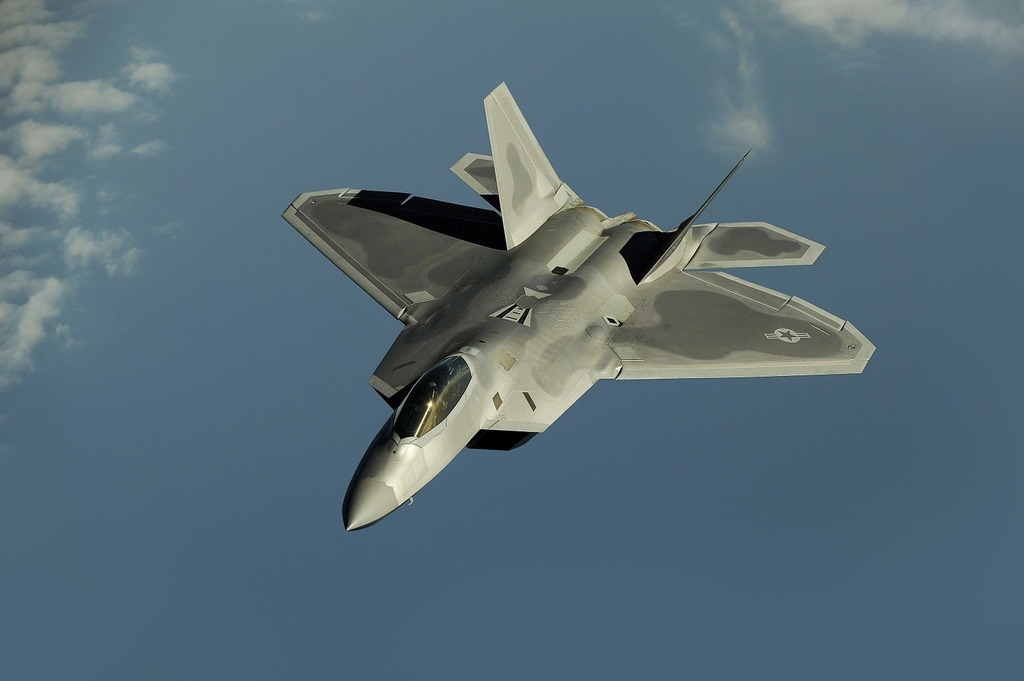
7. Strategic Risks of Delay: The Cost of Inaction
Postponing the F-47’s development is, as Dr. Andrew Latham cautions, “a reckless gamble.” China and Russia are not idling; their sixth-generation aircraft and electronic warfare capabilities are moving ahead at full speed. The F-47 is not only a hedge in technology but a message to allies and enemies alike that the U.S. will not give up its dominance in airpower. As Latham contends, “That edge has underwritten not just American freedom of maneuver, but global stability. Lose that, and you lose much more than just the next dogfight. You lose deterrence. You lose credibility.” The NGAD’s open architecture, rapid adaptation, and manned-unmanned teaming are all meant to make sure that the U.S. does not just keep up, but creates a new gap in capability.

The future of air dominance will not be won through legacy platforms or marginal improvements. It will be won by those who can evolve, choreograph, and outmaneuver threats in the electromagnetic spectrum and beyond. The F-47 is the boldest response to date to that challenge.
